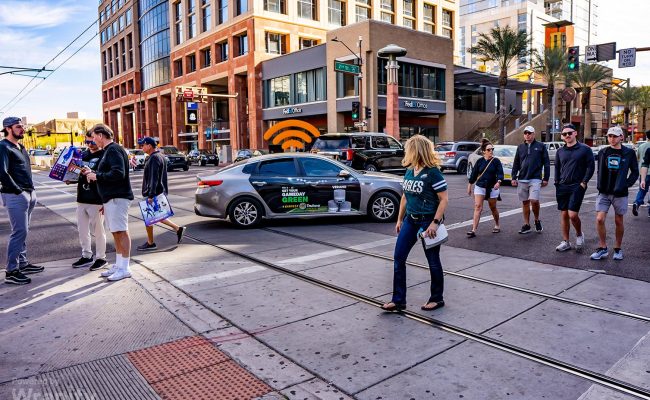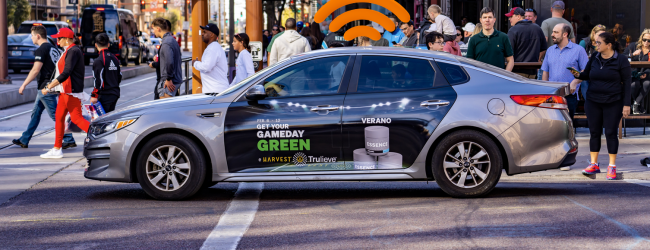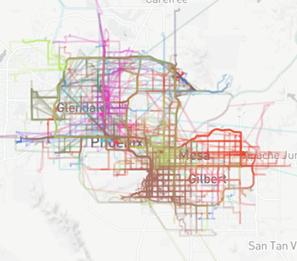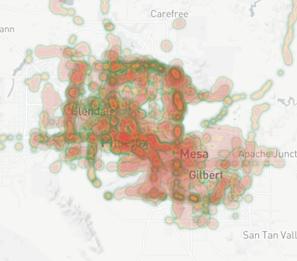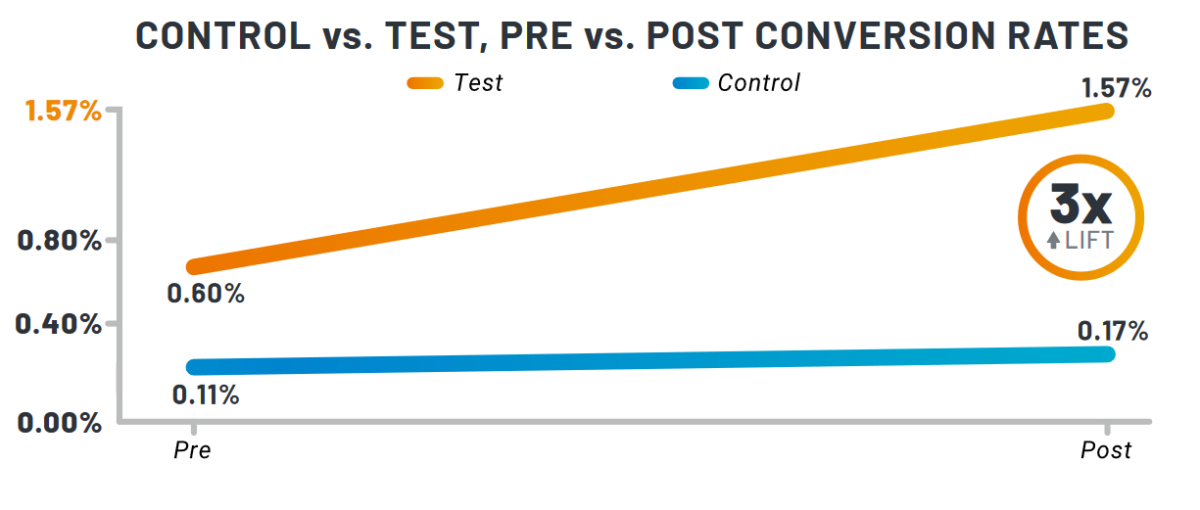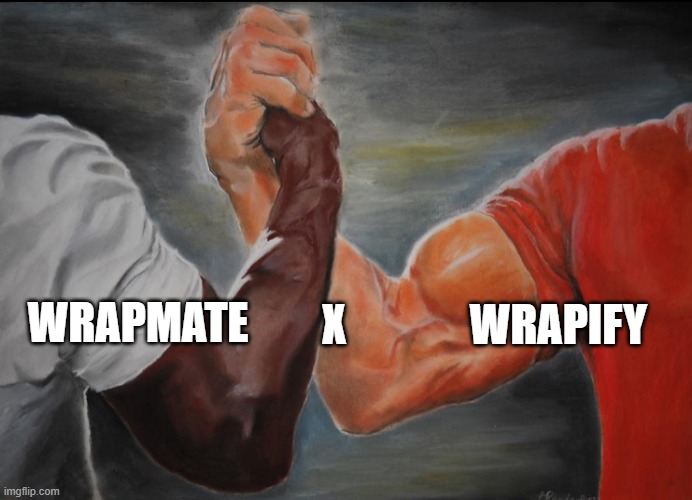Wanna melt faces at your next event? Say less. While there are many effective event marketing tactics to consider, one that’s gaining a lot of traction is Rideshare Vehicle Advertising, rideshare advertising for short. Advertising on rideshare cars works well for event marketing, where digital ads and sponsorships have limits.
Vehicle ads are the Unicorn of advertising.
You can grab that lanyard sponsorship, wrap an elevator door, or do something people will actually remember. Our premier rideshare advertising platform creates the perfect landscape for your brand to get directly in front of your target audience. If we didn’t know any better, we’d call it IN YOUR FACE MARKETING, in fact we may just coin this term now.
In all seriousness, event marketing has never been so easy. If you like things that are easy and just flat-out make sense, continue reading. If you don’t, let us change your mind..continue reading anyway.
WHERE?
This is where you come in. You know your audience best. Where will they be? At a tradeshow, sporting event, a concert, a conference, out and about during a specific holiday … a summer music festival? Maybe even all of the above! The possibilities are endless, so you tell us.
WHEN?
How long is the event you want to target? Will attendees arrive early and stay later? These are a few factors to consider when planning one of these hyper-targeted SWARM event activations. We will send a group of wrapped rideshare vehicles to SWARM the airport while event attendees start to arrive. Strategic right? We’ll also SWARM the busiest streets, near hotels, and other popular attractions.
HOW?
SWARM is the HOW! No activation is considered complete without a little SWARMing. It’s hard to miss one wrapped vehicle driving around, but it’s nearly impossible to miss MULTIPLE wrapped vehicles in one area all at once. We have a team of campaign managers that plan each SWARM from start to finish.

It’s That Easy.

Wrapify event activation campaigns are memorable, eye-catching, and highly effective.
Talk to us about dominating your next event.


